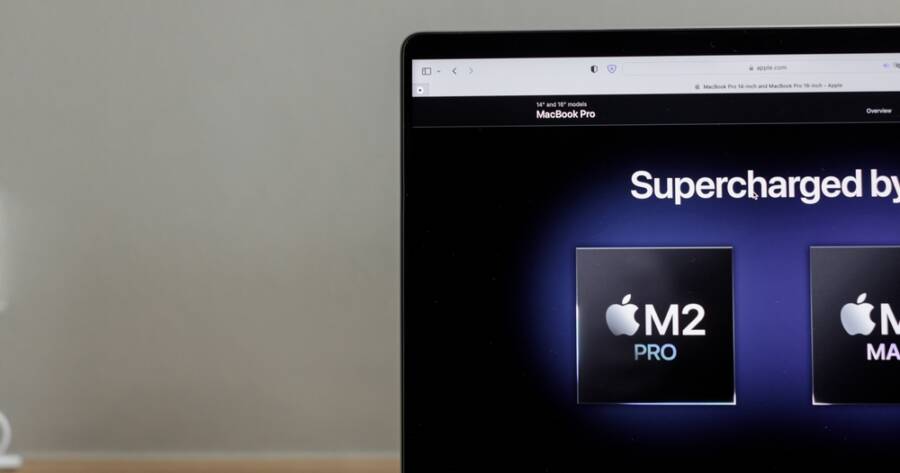The launch of Apple’s M1 chip in 2020 marked a significant shift in the performance of MacBooks. Since then, Apple introduced the M2 chip, promising even better performance and efficiency. But does the M2 offer enough improvements to justify the upgrade for everyday users? Compare the M1 and M2 MacBooks to see if the performance boost is worth it.
Understanding the M1 Chip and Its Success
The M1 chip revolutionized Apple’s MacBook lineup by transitioning from Intel processors to their own custom-designed ARM-based chips. The M1 delivered impressive speed, efficiency, and battery life, which earned it high praise from users and tech reviewers alike. Apple’s M1-equipped MacBooks, such as the MacBook Air and MacBook Pro, were widely regarded as a leap forward in computing power, with seamless integration between hardware and software.
Key highlights of the M1 chip include an 8-core CPU, an integrated 8-core GPU, and a unified memory architecture, all of which contributed to substantial improvements in performance and energy efficiency. For everyday tasks like web browsing, document editing, and media consumption, the M1 MacBooks outperformed their Intel-based predecessors by a considerable margin.
Enter the M2 Chip: What’s New?
The M2 chip, launched in mid-2022, builds on the success of the M1 but promises even better performance. While it still uses the same ARM architecture, the M2 comes with improvements in processing power, graphics performance, and memory capabilities. It is equipped with a 8-core CPU, but the GPU has been upgraded to a 10-core model. This means that tasks involving graphics—such as video editing, gaming, and 3D rendering—benefit from a notable speed increase.
One of the most significant upgrades in the M2 chip is the improved memory bandwidth, which boosts data processing speeds. Additionally, the M2 chip supports up to 24GB of unified memory, compared to the 16GB maximum offered by the M1. This increase in memory capacity and bandwidth allows for smoother multitasking and the handling of more demanding applications.
Performance: M1 vs. M2
When comparing the performance of the M1 and M2 MacBooks, the differences become more apparent in tasks that push the limits of the hardware. The M2 chip provides around 18% better CPU performance and up to 35% faster GPU performance than the M1, making it a noticeable upgrade for tasks like video editing, gaming, and running more intensive apps.
However, for everyday use—such as web browsing, word processing, and media consumption—the M1 MacBook still offers exceptional performance. The M1 chip handles these tasks effortlessly, and most users may not notice a significant difference in speed between the M1 and M2 for these purposes. The M1 MacBook is still highly efficient and more than capable of handling daily tasks with ease.
Battery Life and Efficiency
Battery life remains one of the standout features of both the M1 and M2 MacBooks. Thanks to the energy-efficient ARM architecture, both chips offer long-lasting battery performance, making them ideal for users who need to work on the go. In fact, the M1 chip is particularly known for its exceptional battery life, with the MacBook Air lasting up to 15 hours of web browsing.
The M2 chip, while slightly more powerful, still offers impressive battery life, though it tends to be marginally lower than the M1’s, mainly due to the increased processing power. The difference in battery life is minimal, and most users will still be able to use their M2 MacBook for a full workday without needing to charge.
Should You Upgrade?
Whether you should upgrade from an M1 to an M2 MacBook depends on your specific needs. If you are an everyday user who primarily uses your MacBook for tasks like browsing, writing, or streaming, the M1 MacBook will serve you just fine. The M1’s performance is more than enough for basic computing, and its battery life is outstanding.
However, if you are a creative professional or someone who needs more power for tasks like video editing, 3D rendering, or gaming, the M2 chip’s improved GPU and memory capabilities make it an attractive option. For users who need the extra performance and can make use of the 24GB memory support, upgrading to the M2 could be a wise investment.
Is the M2 Worth the Investment?
When comparing the M1 and M2 MacBooks, the M2 undoubtedly offers improved performance, particularly for more demanding tasks. The extra graphics power, increased memory bandwidth, and support for more unified memory make the M2 a compelling choice for power users. However, for casual or everyday use, the M1 MacBook still holds its ground as a highly capable device.

